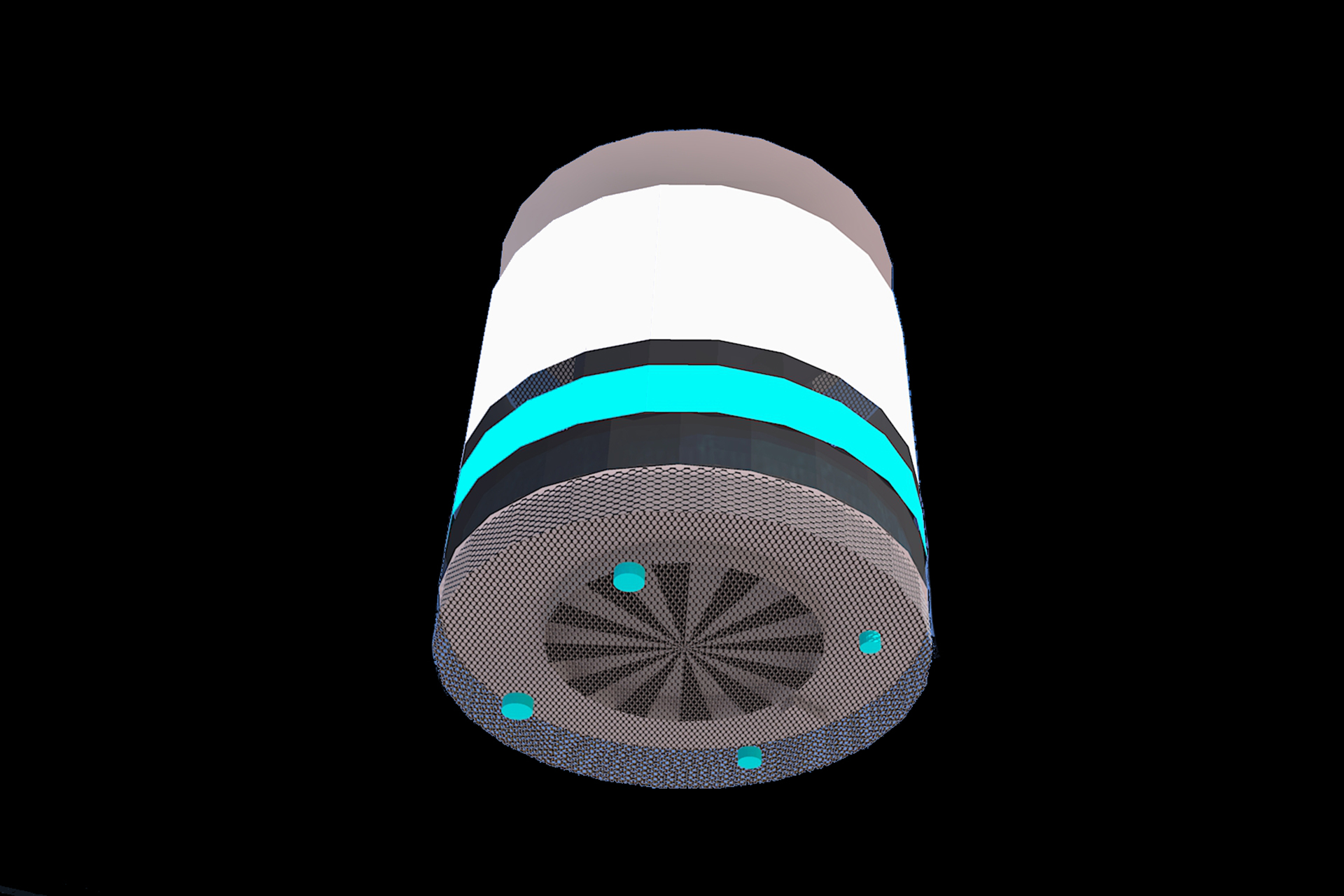S-Idro is an illuminator and heat diffuser for environments capable of producing hydrogen on demand and using it as fuel to generate heat.
The particular structure of the electrolytic cell allows the production of only hydrogen and not oxyhydrogen which is a much more reactive and flammable element; this note makes S-Idro totally safe and reliable by exploiting the high combustion temperatures without any risk.
The process waste is simply H2O and there is no production of gases harmful to health. The power supply requires a consumption of about 100 watts for the electrolytic cell and 20 watts for the fan and the electronic circuit. For the realization of this project, thermodynamic calculations were used to establish both the size of the heat sink and the materials to be used for the different thermal diffusion.
Project
EuFactor
How was it born and how does it work?
This project was born with the intention of creating a heat generator with very low energy consumption and free of pollutants or toxic substances for health. By pressing a special button, the hydrogen present in the cylinder is released from the two mini burners; at the same time the pressure of the same generates two sparks which allows the ignition of the flames. In this way the heating of the conical copper dissipator and of the iron plate inside the central cylinder begins; the heat is then let out from the upper opening, thanks to the fan present at the base of the cylinder which will be activated when the desired temperature is reached.
As we know, the temperature of hydrogen during combustion is very high, reaching 1430 °C.
In this case, with a current of 10 Ampere in one hour, there would be a production of hydrogen equal to 8.29 liters and 4.17 liters of oxygen.
The production of gas (oxyhydrogen) is directly proportional to the current and not to the voltage; in fact, to divide a water molecule it is enough to apply a voltage of 1.22 Volts. S-idro is aimed at all users who need a low-consumption heat generator with zero environmental impact. The production of hydrogen on demand makes it particularly suitable for extended use during the hours of the day or night.
The potential range of buyers is very broad, being able to adapt the project to the cubic meters to be heated, it can reach both private individuals and commercial structures.
In terms of consumption, the AIEL estimates for 2013 (made by reconstructing consumption on the basis of existing appliances), as mentioned, speak of over 3.3 million tons of pellets: almost all imported, given that national production is around 300 thousand tons. As regards wood, on the other hand, 19.3 million tons of firewood were burned in 2013, plus 4.7 million wood chips. On the economic side, according to AIEL, only the production of stoves, which brings a turnover of 700 million euros and employs 3,000 people, appears to have grown since 2009 to the detriment of other wood-burning plants. The boiler market is also excellent: growing by 20% per year with a turnover of 150 million euros and 2,500 employees. The best solution for heating one’s homes has become a major topic, which leaves ample challenge for the products on the market.
What are its advantages?
Very low consumption of the electrolytic cell.
Zero environmental impact
Water vapor as a waste product of combustion
Automatic shutdown after reaching a certain temperature
S-





